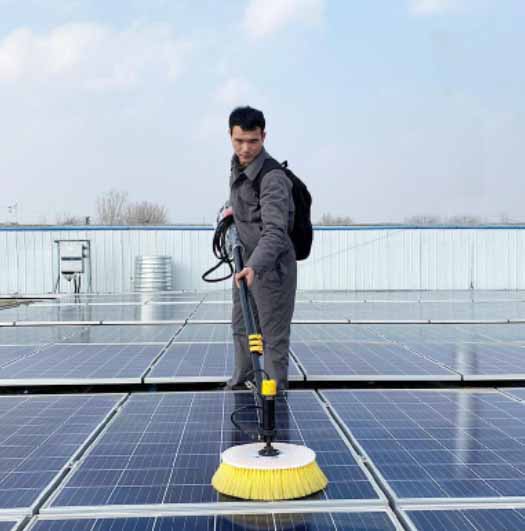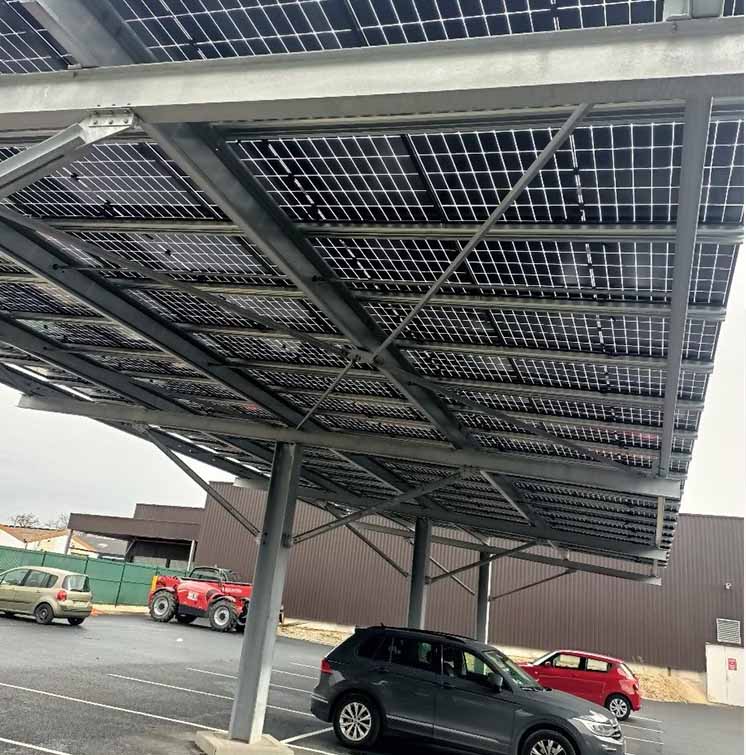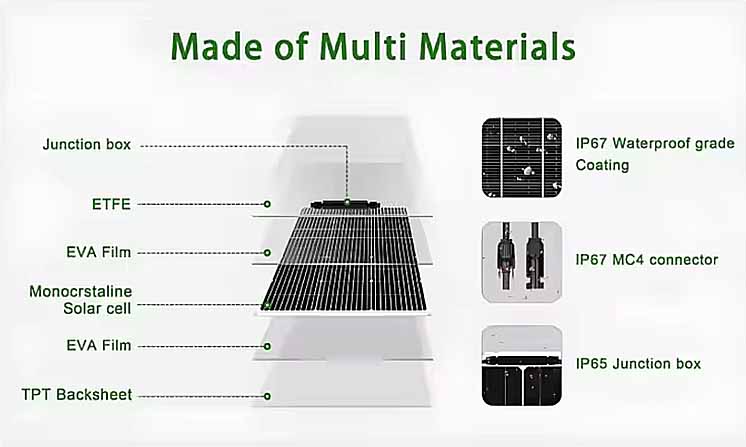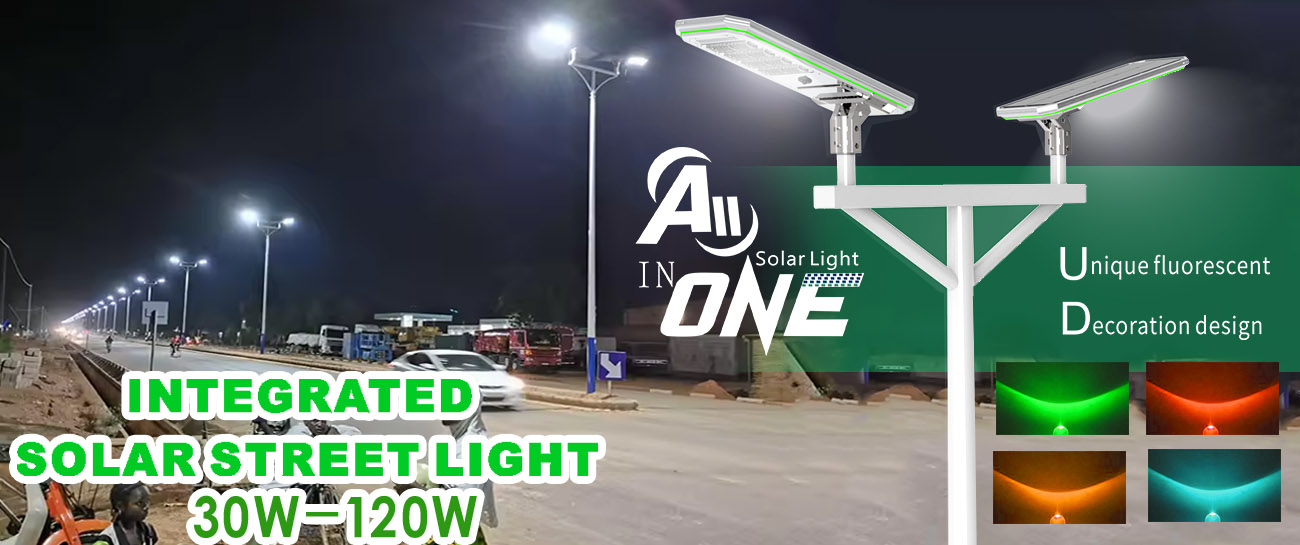- Solar Outdoor Lighting
- Integrated Solar Street Lights
- Solar lighting
- Supplier in China
- Solar Garden Light manufacturer
- All in One Solar Street Lamp
- Integrated solar street lights and semi solar road
- LED Rechargeabl Floodlight with Bluetooth
- The Development Trend of Solar Energy Industry
- Low-light charging + ultra-long battery life! Solar street lights, 3 hours of sunlight for a whole week, with unrivaled battery life
- Intelligent light control + human body sensing, solar street lights: lighting on demand saves more power, and full performance details
- 15 meters ultra-long illumination + IP67 waterproof solar street light: hard-core performance covers all outdoor scenarios
- Conversion rate increased by 39%! High-efficiency crystalline silicon solar street lights, 6 hours of sunlight for the whole night
- How to maintain the solar street light panels?
- solar street light
- Integrated Solar Street Light
- All in One solar street light
- Solar Led Street Light
- Solar Street Light Factory
- Integrated Solar Parking Lot Lights
- Integrated Solar Billboard Lights
- China Solar Lighting Supplier
- All In One Solar LED Street Lamp
- Outdoor Waterproof Solar Road Lighting
Categories
New blog
Tags
- 2025-07-16 16:39:40
The solar panel of a solar street light is the core component that converts light energy into electrical energy. Its performance directly affects the lighting effect and service life of the street light. Daily maintenance is essential. The following are specific maintenance methods:
1. Clean regularly to ensure light transmittance
Cleaning method:
If there are stubborn stains such as oil, bird droppings, etc. on the surface, add a small amount of neutral detergent (such as dishwashing liquid) to dilute and wipe, then rinse thoroughly with clean water to avoid detergent residue from corroding the panel.
When cleaning, wipe along the direction of the panel texture to reduce the risk of scratches; at the same time, avoid cleaning when the sun is strong at noon to prevent water from evaporating quickly and leaving water marks, or glass cracking due to uneven hot and cold.

2. Check the appearance and deal with damage in time
Regular inspection: Check the surface of the solar panel once a month for cracks, broken glass, deformed frames, etc. If cracks are found, they need to be replaced in time even if they are not completely damaged, otherwise rainwater and dust will penetrate into the interior, affecting the power generation efficiency and component life.
Wiring inspection: Check whether the connection wires in the solar panel junction box are loose, oxidized or ablated. If problems are found, they need to be re-tightened or replaced after power off to ensure good circuit connection.
3. Optimize installation angle and position

Angle calibration: Check whether the tilt angle of the solar panel is reasonable every year according to seasonal changes (or every six months) (usually set according to the local latitude. The higher the latitude, the greater the tilt angle to maximize the reception of sunlight). If the angle is found to be offset (such as due to strong winds or external force collision), it needs to be adjusted to the optimal angle in time.
Blockage and cleaning: Regularly check whether there are tree branches, billboards, building shadows and other obstructions around the solar panels. If there are any, they need to be cleaned or trimmed in time to ensure at least 6-8 hours of unobstructed light time every day. Especially in the spring when trees are growing vigorously, it is necessary to frequently check whether the branches and leaves are blocked.
4. Prevent human and natural damage
Prevent external damage: Set up warning signs around the solar panels, prohibit climbing, stepping on or placing heavy objects; for areas where mechanical operations may occur, such as industrial areas, guardrails need to be installed to avoid collisions between vehicles and equipment.
Anti-corrosion protection: For coastal and industrial areas with high humidity and strong corrosion, it is necessary to regularly check whether the solar panel frame (usually aluminum alloy) is rusted. If there is rust, anti-rust paint can be applied; at the same time, avoid contact between the solar panels and acidic and alkaline substances (such as corrosive gases and liquids discharged by factories).
Lightning protection inspection: In areas prone to thunderstorms, check whether the lightning protection grounding device of the solar panel is firm and whether the grounding resistance meets the requirements (generally ≤10Ω) before the rainy season every year to ensure the safety of the equipment in thunderstorm weather.
5. Maintenance in special environments

Low temperature frost: If the surface of the solar panel is frosted or frozen in winter, do not rinse it directly with hot water (to avoid glass cracking due to excessive temperature difference). Wait for it to melt naturally before cleaning, or wipe it gently with a soft cloth.
High temperature exposure: In a long-term high temperature environment, it is necessary to check the heat dissipation on the back of the solar panel to ensure that there is no debris covering it, to ensure good heat dissipation, and to avoid overheating affecting the conversion efficiency.
The above maintenance measures can effectively extend the service life of the solar panel, maintain its efficient power generation performance, and ensure the long-term stable operation of the solar street light.

 Language
Language English
English français
français العربية
العربية 中文
中文 sales@szleadray.com
sales@szleadray.com +86-13424390319
+86-13424390319







